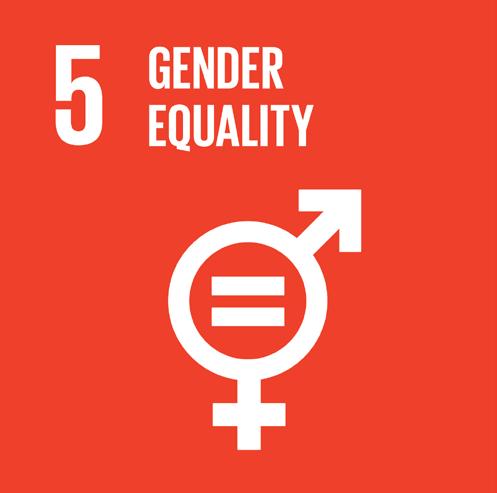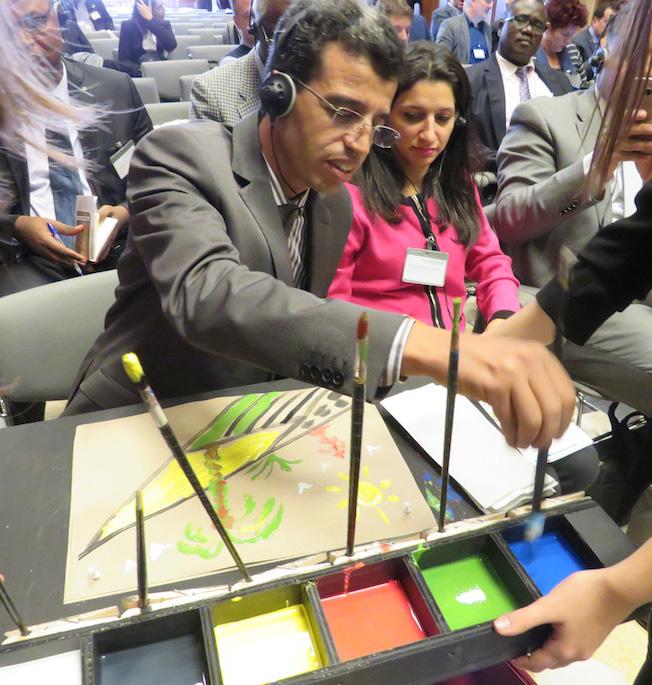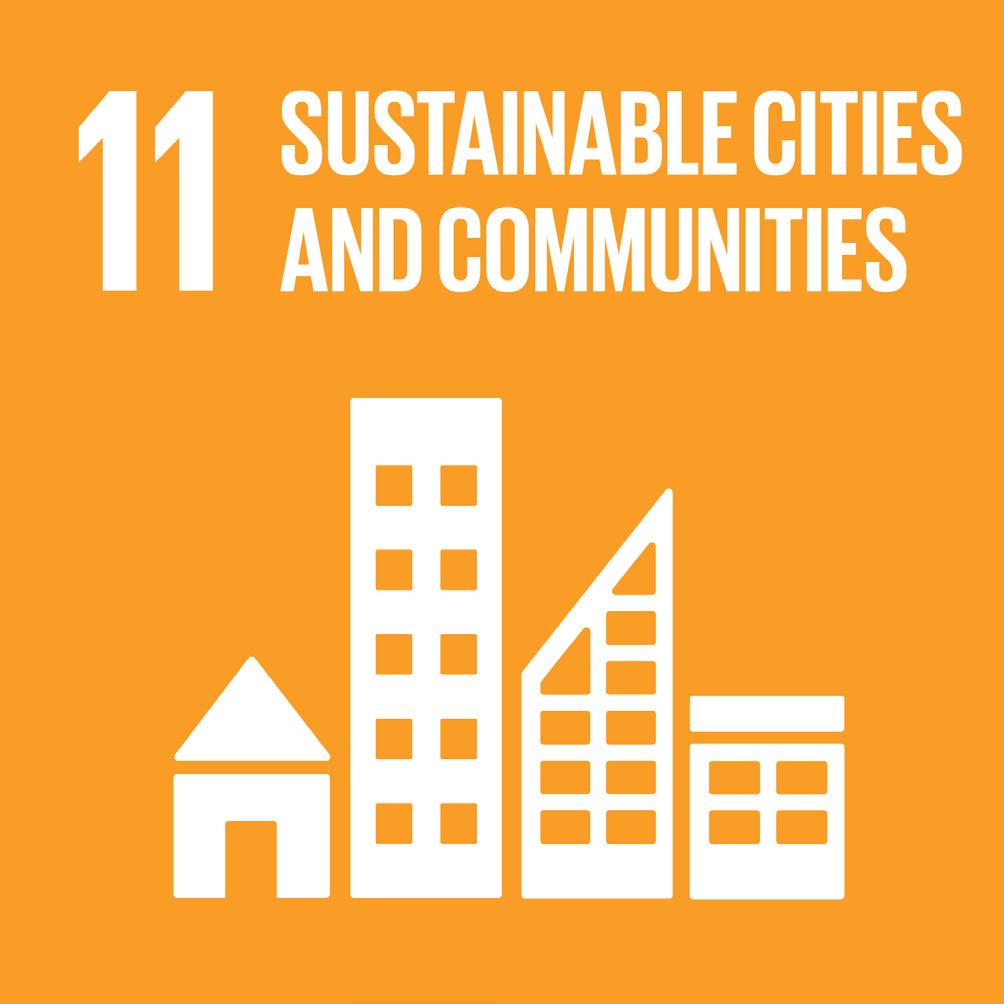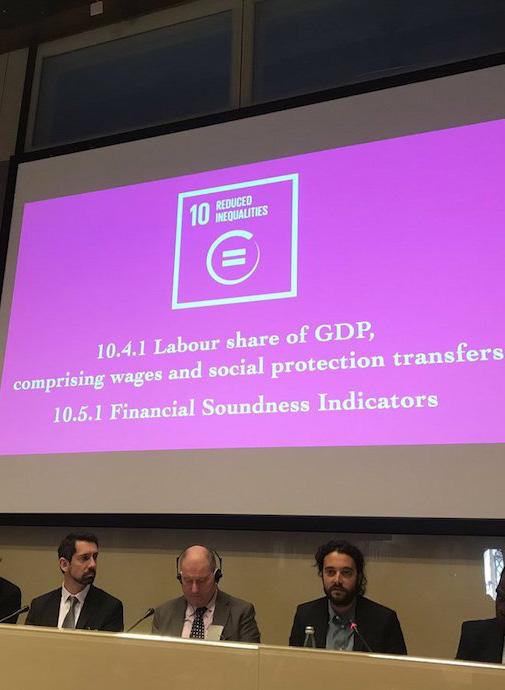
8 minute read
c. Thematic trail yellow
of the legislative power; SDGs need to be adopted by national laws to ensure democratic control over implementation. The New Urban Agenda is a milestone and very relevant to make SDG a reality.
The power of Mayors need to be redefined, bureaucracy needs to be reduced, but local government need also to feel that they belong to a broader project where they contribute to a common project. When building big infrastructure, sustainability criteria should be introduced together with the lower price. Local government need to be involved in the design of big infrastructures as they will necessary have to take part in maintenance.
Advertisement
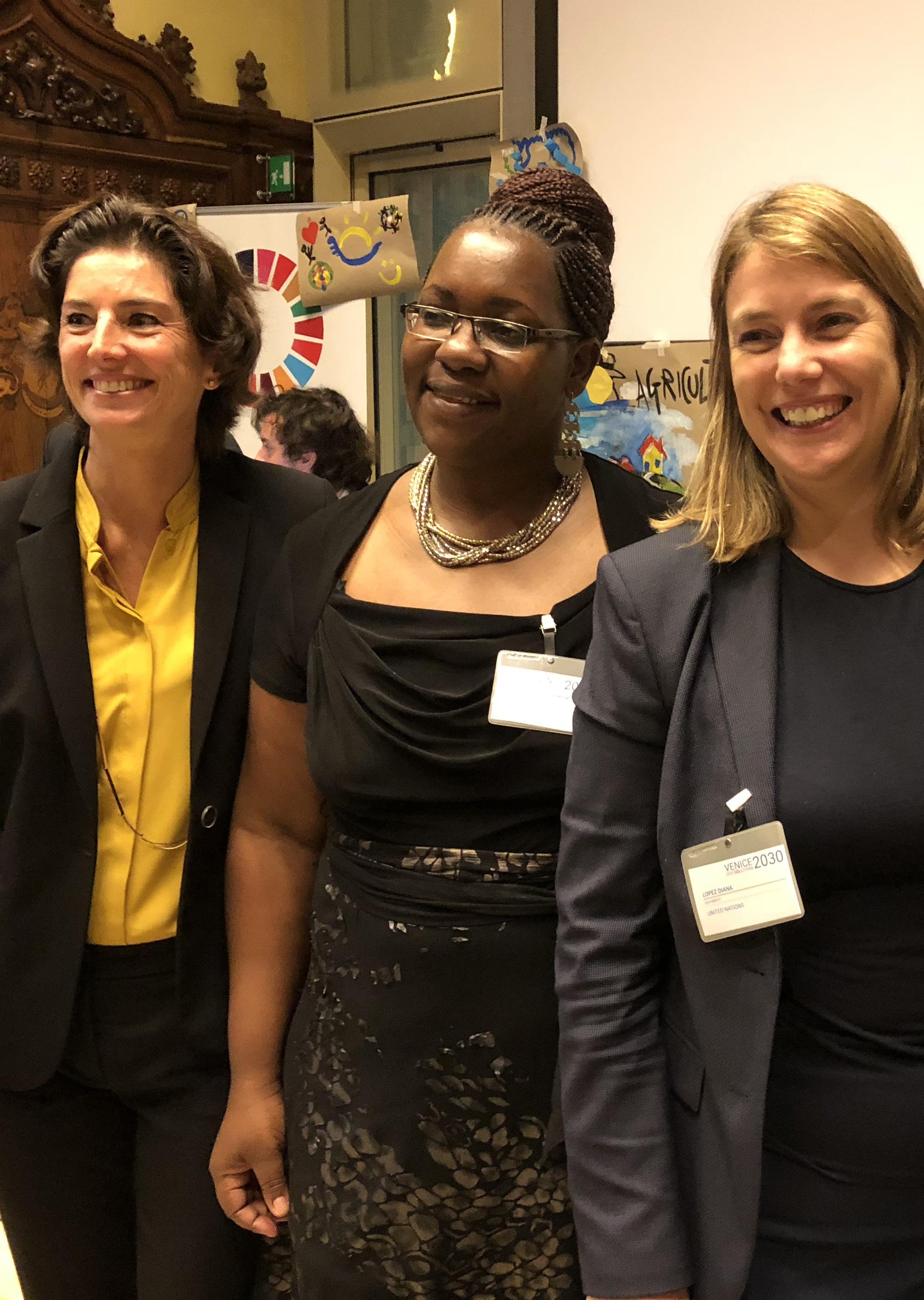
c. Theme Yellow
Thematic trail YELLOW: City Solutions, how local governments are making the Agenda 2030 a reality at local level Purpose of the session
Local and regional governments all over the world are already committed to the implementation of Agenda 2030. Many of them have understood how the SDG provide a framework for better delivery of services, more strategic decision making and monitoring impact of their own actions over time. The portal www.localizingthesdgs. org gathers a great number the experiences about how cities and regional governments are implementing Agenda 2030. But the question of finance has not yet too much explored. Local government have their own budgets, although in most parts of the world they are never sufficient to cover the needs of the population. One big question being the unfunded mandates, services that municipalities provide to their citizen’s event if they do not have a specific mandate to do so, therefore come without any financial allocation. This is often the case of social services, assistance to migrants, and transport of people with special needs, just to give some examples.
With 65% of the indicators already being a responsibility of local and regional governments, we need to carefully study how local investments are going to be plan to align with the SDGs. Financial capacity of local governments need to be improved if we want to achieve Agenda 2030. Three areas are of particular importance: the localization of SDGs and how local government plan to implement the Agenda, the financial aspect and the partnerships needed to implement it at local level.
The Thematic trail YELLOW: City Solutions, how local governments are making the Agenda 2030 a reality at local level focalised in how local governments are aligning their budgets with the SDGs. We are aware than this is not a simple question as very few institutions are still addressing the key question about how are they going to align budgets to make Agenda 2030 a reality for all. The session wanted to identify what cities are already doing and what else is needed in the future.
The session was moderated by Amita Gill, Local Governance Specialist, United Nations Development Programme.
Speakers Ramon Torra, General Manager, Metropolitan Area of Barcelona, Spain
Question to be addressed: Has the Metropolitan Area of Barcelona started a budget exercise specifically focused on the SDGs? Do you think that the Agenda 2030 could be an opportunity to attract more financial resources at metropolitan level?
We are living in a context of crisis and changes in the short-term. Year 2030 is around the corner, and we need to start acting now if we want to achieve such ambitious objectives. The starting point is elaborating strategic projects. In Barcelona, the attention has been focused in the project cycle as it involves to plan, to evaluate but also helps establishing leadership. The Metropolitan Area has specific responsibilities over a specific territory but its action has broader consequences in the lives of people. Expanding over 250 sq.km, the Area has responsibility over urban and rural spaces, productive areas, green spaces and leisure spaces. To address such diversity, most projects need to be of transversal nature and to generate synergies between the different sectors. The economy of the Area includes agricultural activities, where much biodiversity is being lost, in this sense, projects are being implemented to recover traditional products, direct contact between local producers and local consumers, etc. Other major projects are addressed to protect the coasts and beaches from both environmental and economic aspects, including recovering dunes to recover against tempest and creating resilience and introducing elements of I+D and circular economy.
Yemen Mejia Aguirre, Mayor of Cochabamba, Peru
Question to be addressed: Has Cochabamba started a budget exercise specifically focused on the SDGs? Do you think that
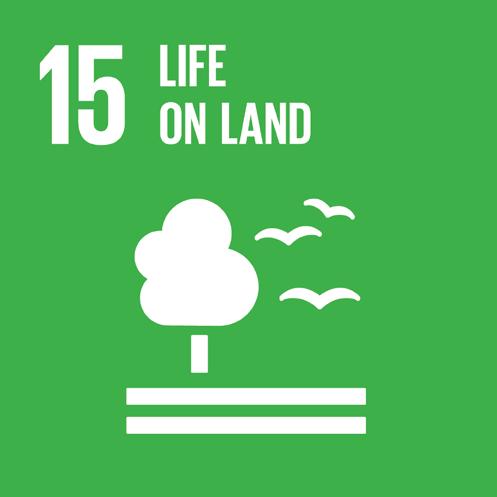
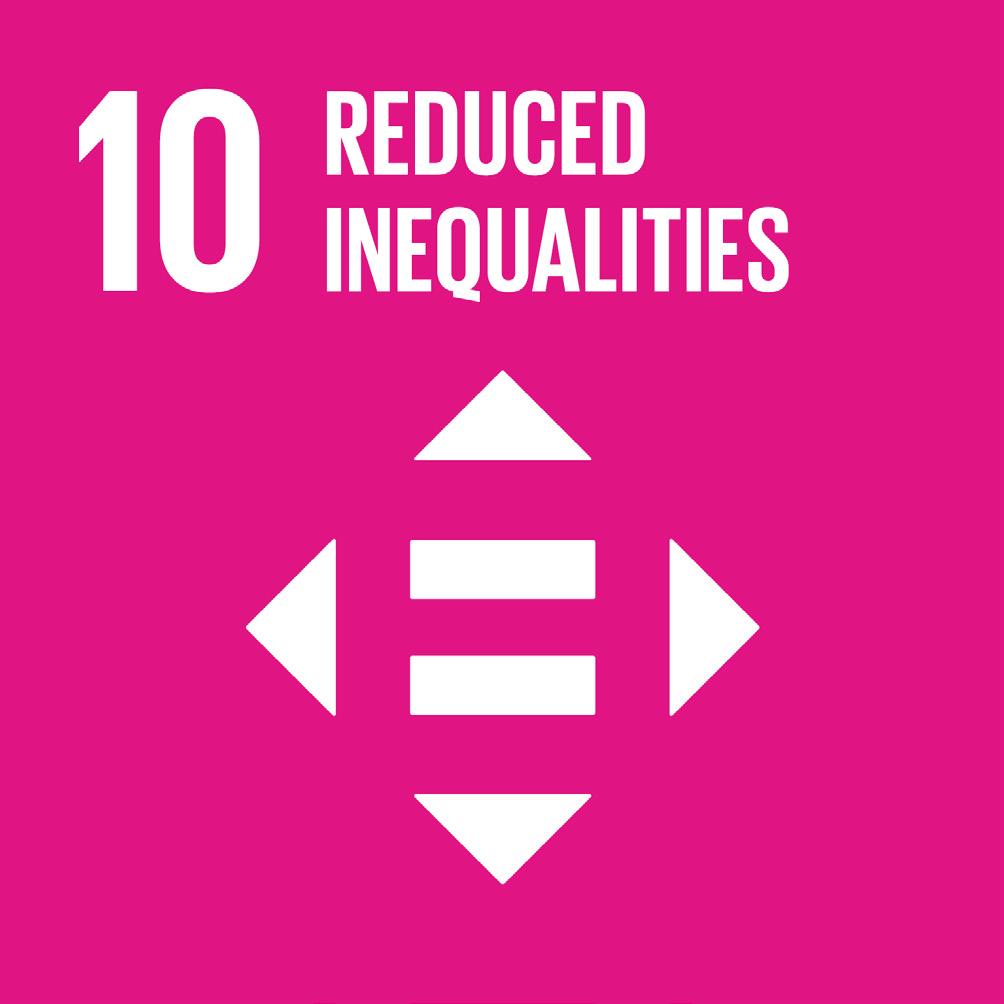
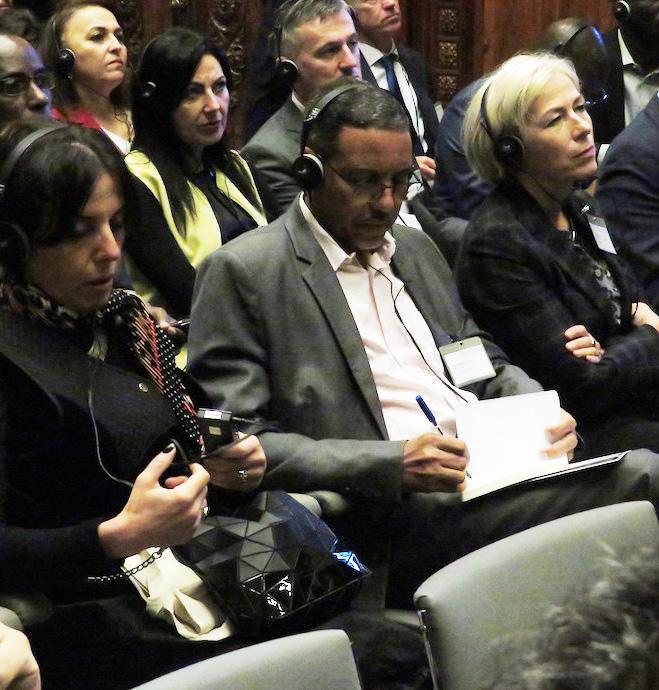
the Agenda 2030 could be an opportunity to attract more financial resources for the city?
The political agenda of Cochabamba has recently included a series of projects that are linked to Agenda 2030. Especially important are projects linked to hydrological resources, threatened by pollution due to bad waste management. Cochabamba has a lot of farming that has been traditionally managed in a non-sustainable manner, production is not linked to how to commercialize the goods. The region lacks adequate road infrastructure for distribution and much investment is needed both in capacities, production and distribution of agricultural products from small municipalities. This situation persists together with 38% of the population suffering from undernourishment. The political will exist but resources are scarce and creates frustration in the citizens when they are unable to perceive improvement as the local government is unable to attract the necessary investments.
Nisreen Alaraj, Chief Resilience Officer, Mayor Advisor for international cooperation, Amman Municipality, Jordan
Question to be addressed: Do you think that Agenda 2030 is an opportunity for your city to obtain more financial resources? If available, what would be the priority areas for investment?
Before talk about finance, we need to make a serious exercise of “localizing” the SDGs and bring them to each individual context and the specific needs of the community. The final responsibility for implementing SDG is in the hands of the central governments. In the case of Jordan, cities do not have a direct mandate, even if Amman hosts 42% of the country population, it has not been included in the reporting mechanisms for SDGs. But while central government is the main responsible for policy formulation, cities are the responsible for policy implementation. In Amman, one of the priorities regarding Agenda 2030 is mass transit and creating sustainable transport projects able to reduce pollution. International cooperation has contributed to create local financial capacities to access loans to finance the
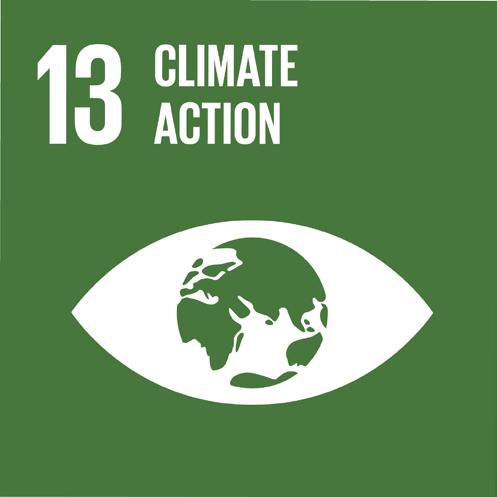
necessary infrastructure. Global solidarity between local governments is key to support cities along the world. The case of Climate Change is paramount to see how cities are interconnected and how all cities need to contribute to reduce the problem. Common action by local government will be able to give cities more leverage vis a vis financial institutions and international cooperation.
Gregoire Ngalamulume Tshiebue, Minister, Province of Central Kasai, Congo Democratic Republic
Question to be addressed: How is the Province of Central Kasai going to finance the implementation of Agenda 2030 for sustainable development? What are your relations with the central government of Congo to ensure that you count with the necessary resources?
Kasai Central is one of the 25 provinces in Congo, is a young institution created only in July 2015 with a population of 4.6 million inhabitants. They have good natural resources such arable land, mines and forest, but the poverty rate is amongst the highest in the world, suffering from a postconflict situation with the peace process established only in 2017. In Congo, the localization process was launched in May 2018. In the province, 62 indicators have been identified as a local priority. The biggest challenge has been to generate local ownership of the Agenda. There is a cleavage between the educational level between elite and the local population, the SDGs are still a concept that are only shared by the elites and it has not yet hit the population. The provincial development plan, taking into consideration the SDGs, was approved in September 2018 together with the Priority Action Plan that includes specific projects linked to Agenda 2030. The calculation is that financing the Plan will cost 1 billion USD per year. How to finance this is a challenge in a context post-conflict where population has been displaced, schools and health facilities destroyed, violence against women and youth unemployment are major
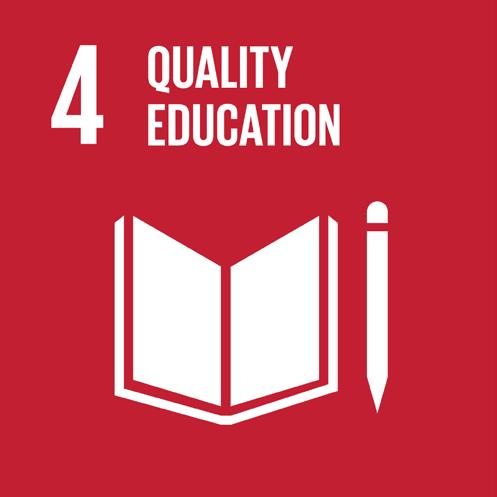
challenges. The actual provincial budget only reaches 100.000 USD per month to serve a population of 4.6 million. There was a promise from central government that provinces could retain 40% of local income to be spent locally but this was never implemented and it becomes aleatory without the possibility to have predictable resources. The private sector is essential to contribute to the economic situation, but Kasai needs to receive urgent capacities and financial resources from both central government and international cooperation.
Debate with the public brought the following ideas:
A lot of work still needs to be done in bringing the citizens to understand what Agenda 2030 entails. Alignment is still in process to include the SDGs in the national planning processes. A change of language needs to be introduced to align old concepts that means the same as the ones Agenda 2030 but needs to be seen under a different light before proceeding to restructure the budget.
We need to identify accelerators for Agenda 2030, elements able to trigger action and bring along change. In each context, these accelerators can take a different form but since the Agenda is so big, different territories need to identify what are the key projects that can accelerate implementation.
Translating the global indicators at local level is a complicated process as most of them are too macro and make little sense for local governments. An adaptation process of indicators needs to start soon. Local government associations are key in this process but in many countries, this process has not started yet.
Responsibility over Agenda 2030 needs to be extended to local populations, we still have a lot to do in creating awareness in both the private sector and citizenship. Local government also needs to rebuild trust with civil society and recover the working relationship between the public sector and civil society.
